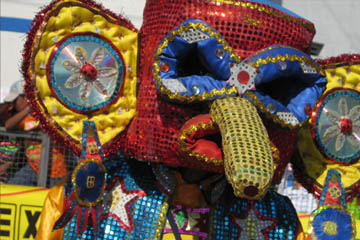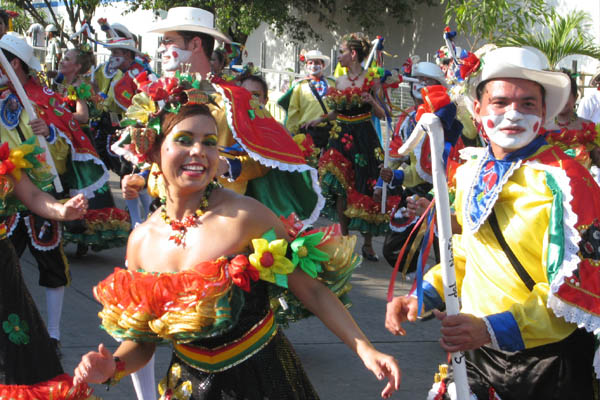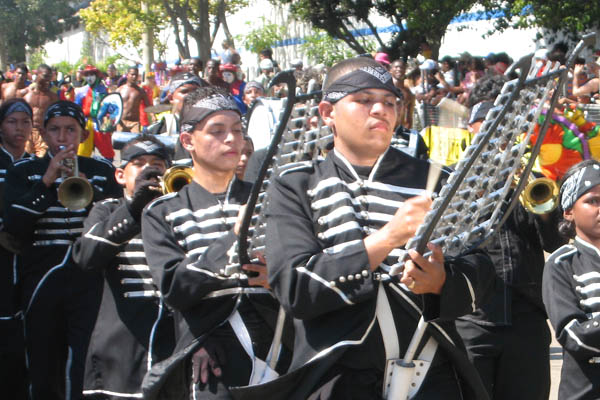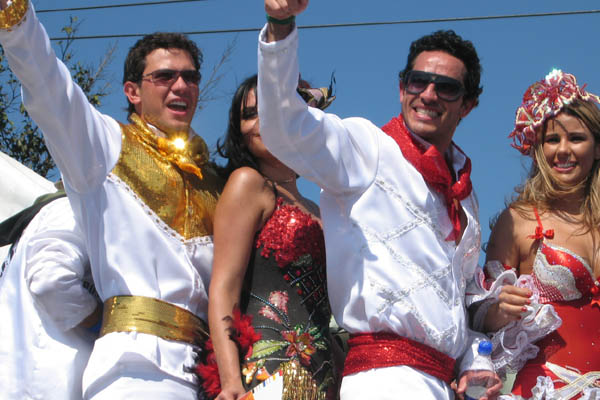All photos by Ian MacKenzie
You can’t escape the beat. It permeates every street corner, every shop, and every footstep.
From the taxi drivers tapping their fingers on the steering wheel as they weave through traffic, to the hotel clerks salsa-stepping as they transport bags for the tourists – the silent music hums just beneath the surface of Barranquilla, Colombia.




